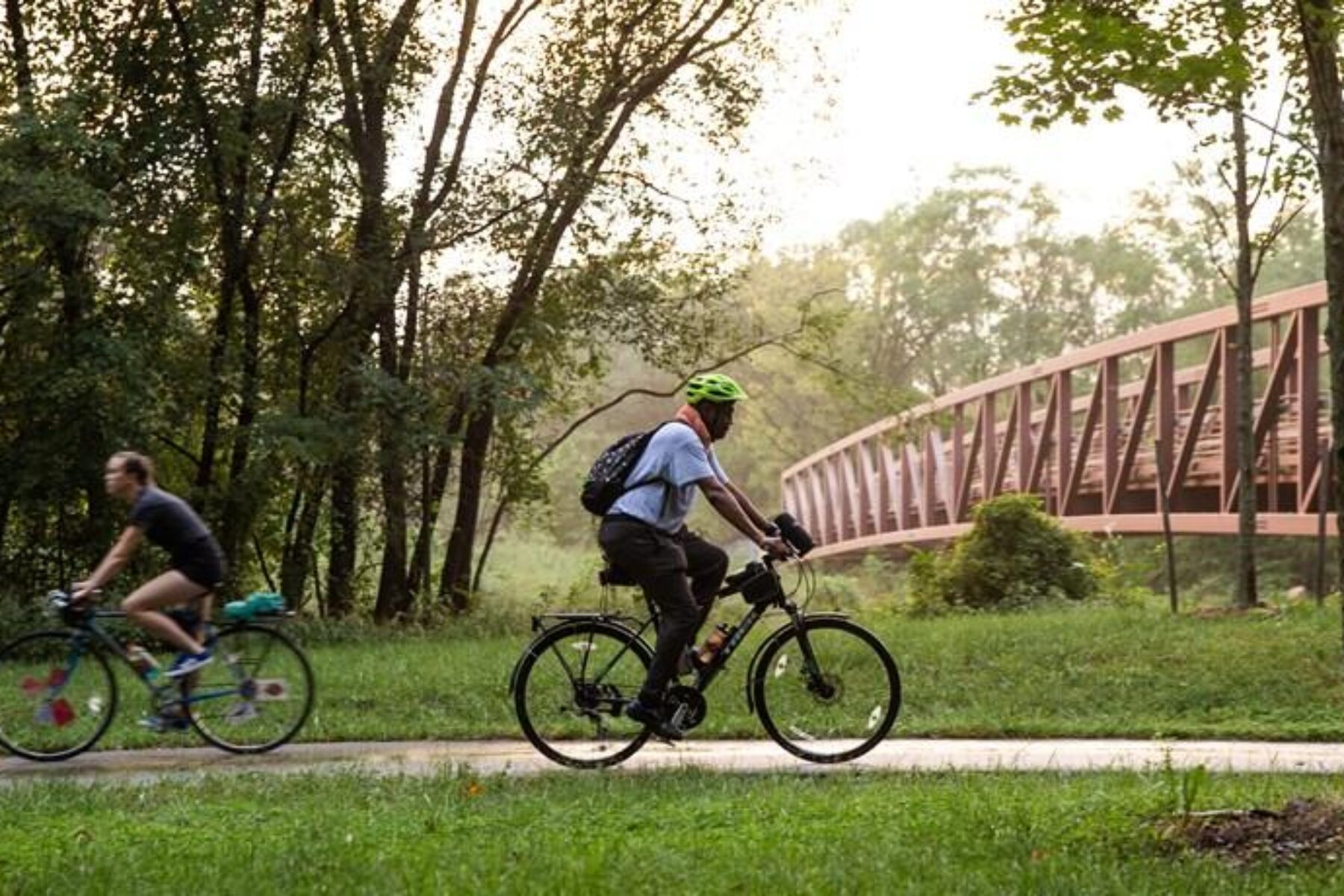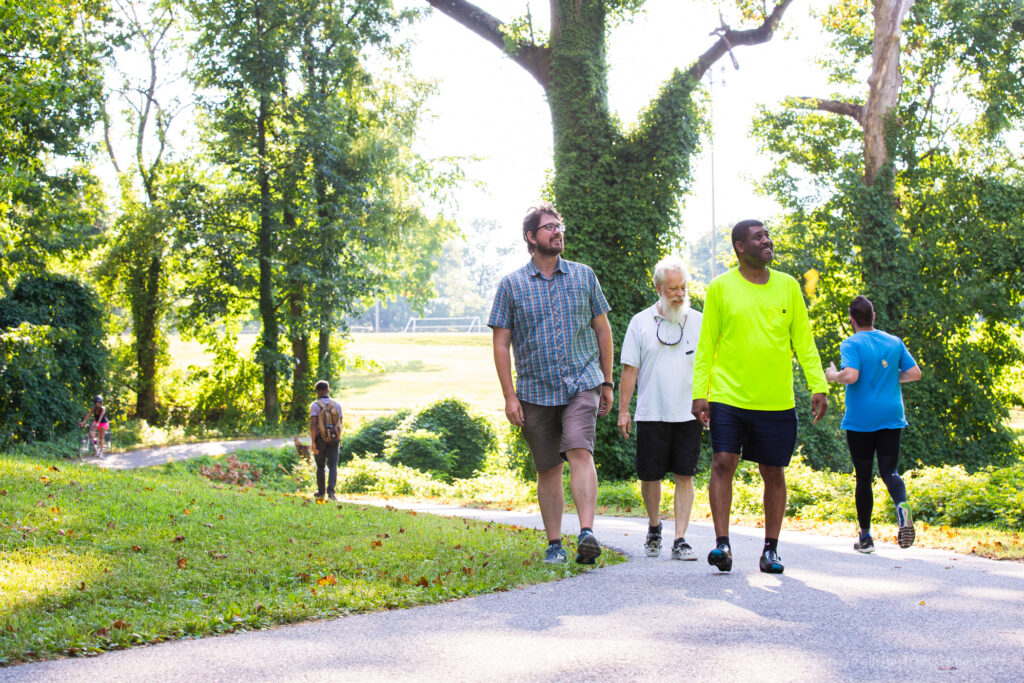New Guidance for Transportation Alternatives: Transformative Funding for Trails, Walking and Biking

Last week, the Federal Highway Administration (FHWA) released new guidance on the Transportation Alternatives (TA) Set-Aside. This guidance instructs state departments of transportation (DOTs) on how to implement the TA funding in alignment with policy changes included in the Bipartisan Infrastructure Law, which included a 70% increase in funding alongside critical policy changes to the largest source of funding for trails, walking and biking. The combination of the new guidance and passage of the FY22 federal budget will prompt many states to begin making TA grants under the new infrastructure law.
This new guidance marks a significant shift in the program championed by Rails-to-Trails Conservancy (RTC) and many of our partners. It encourages states and Metropolitan Planning Organizations (MPOs) responsible for implementing TA to pursue new opportunities to address equity and connectivity needs in the communities they serve. What’s more, the program now makes it more difficult to transfer funding away from trails, walking and biking, and other TA eligibilities, channeling the money for its intended purpose. States are now able to ensure TA is being distributed more equitably through match flexibility and technical assistance, as well as ensure the funds are used as intended through limitations on transfers out of the program.
New Opportunities for Equity

Two new aspects of the Transportation Alternatives (TA) Set-Aside have the potential to make the process more equitable for communities accessing TA funds. First, states may now use up to 5% of their annual TA allocation to “provide technical and application assistance” and offset administrative costs of TA. Several states are already implementing technical assistance programs that have resulted in stronger grant applications and TA projects being deployed faster, making TA grants easier to access and implement.
Additionally, a change to the matching requirement could provide relief for low-income communities struggling to meet the often-elusive matching dollars to unlock TA. Previously, states were required to meet a 20% match for all projects. The new guidance now allows states to average 20%. States should formulate a plan for assessing equity needs and determining the appropriate match rate based on community need and access to capital. Combined with new or increased technical assistance programs, communities that may have previously struggled to meet TA’s matching requirement could now effectively access funds to improve the safety and quality of life of their residents.
Limits on Transfers
The newest iteration of TA will require states to conduct a competitive process before transferring funds out to other programs and does not allow for any transfers in the current fiscal year. RTC has previously documented the impact of transfers, which resulted in $1.5 billion being transferred out of TA for other uses since 2012. The infrastructure bill closed this decade old loophole, but states will have to act proactively to develop competitive programs with strong technical assistance to ensure that TA funds are used as intended for eligible projects. TA funds are “use it or lose it”, meaning that funds will lapse if states do not obligate them within three years of the apportionment. State DOTs and MPOs should work quickly to start the grantmaking process and issue requests for proposals so this new infusion of funds can be obligated to projects well ahead of time. RTC encourages applicants and states to consider the potential of the 70% average TA increase to help fulfill the need for concentrated investment in trail networks.
Additional TA Changes
Among additional policy changes are updates to suballocations—the process through which MPOs serving populations of 200,000 people or more are given responsibility for a share of TA. This portion of funds will increase from 50% to 59%, giving urban and suburban areas the opportunity to exert more control over their trail network and connectivity plans. The guidance also clarifies that TA may be used for trail maintenance in the same manner as the Recreational Trails Program.
These new opportunities are a result of years of advocacy across the movement for TA as a vital source of trail and active transportation funding. We are encouraged to see policy changes that work towards ensuring TA funds can be distributed equitably and incentivize states to fulfill the decades-long promise of the program.
RTC encourages our partners and advocates to be in close communication with state and MPO leaders administering TA funds to discuss upcoming grant application processes and deadlines, as well as to ensure that interested applicants have access to technical assistance to submit competitive grant applications.

Donate
Everyone deserves access to safe ways to walk, bike, and be active outdoors.
